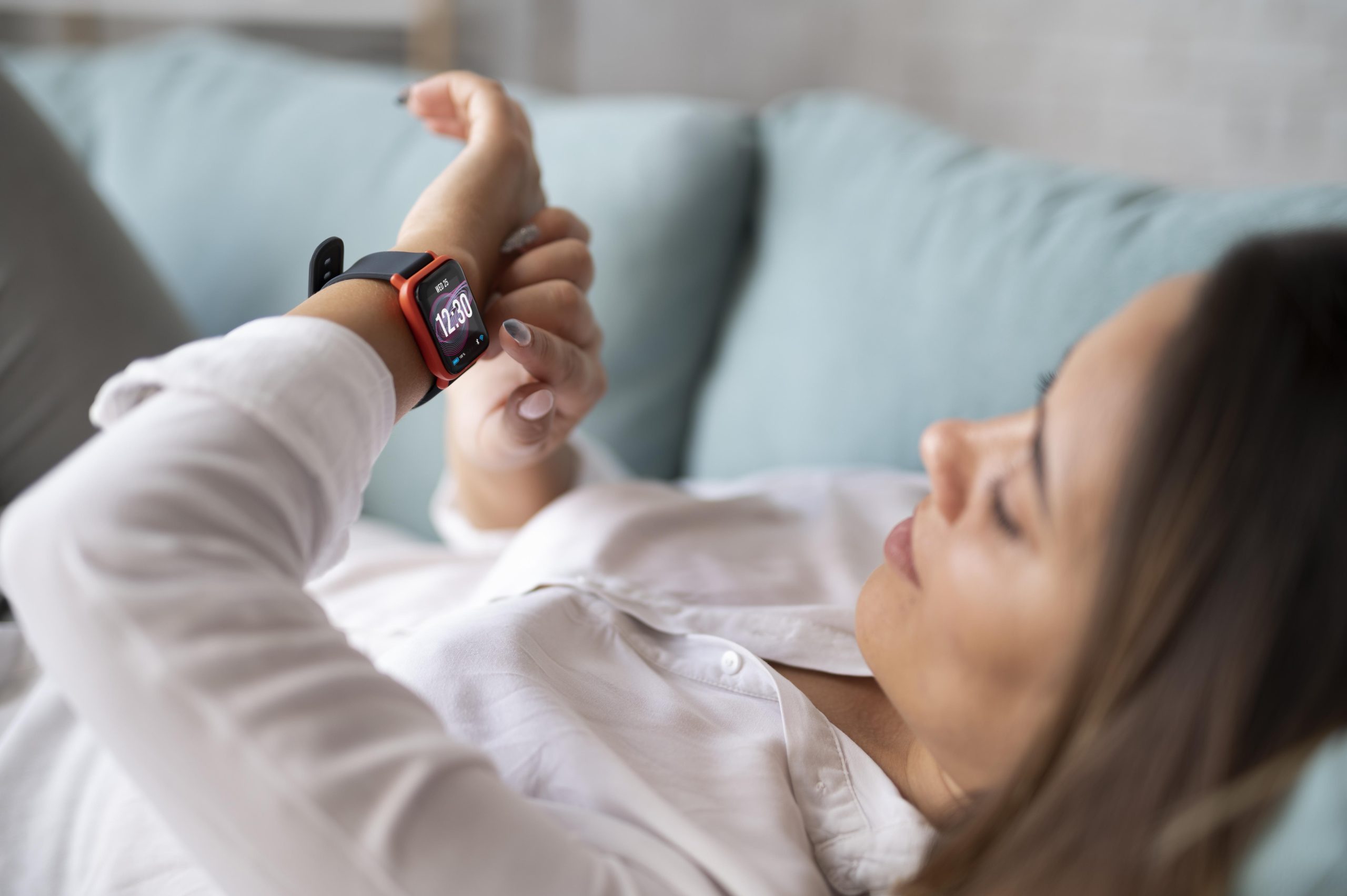In today’s tech-savvy world, wearable devices have revolutionized how we monitor our health. From counting steps to checking heart rates, these gadgets now claim to track sleep patterns too. But can wearables accurately diagnose sleep disorders? As millions turn to smartwatches, fitness bands, and sleep trackers for insights into their nightly rest, it’s essential to understand what these devices can and cannot do. This article explores the accuracy of wearables in detecting sleep disorders, their role in improving sleep quality, and when to seek professional help.
Thank you for reading this post, don't forget to subscribe!What Are Wearables and How Do They Track Sleep?
Wearables are electronic devices worn on the body, commonly as watches or wristbands, that use sensors to monitor physiological signals. To assess sleep, most wearables rely on:
- Accelerometers: To detect body movement and infer sleep stages
- Heart rate monitors: To gauge resting heart rate and heart rate variability
- SpO2 sensors: To measure blood oxygen levels, useful in detecting breathing disruptions during sleep
- Skin temperature sensors: Which can help determine circadian rhythm changes
These tools gather data during the night and use algorithms to estimate how long you sleep, when you fall asleep and wake up, and how much time you spend in each sleep stage (light, deep, and REM sleep).
Can Wearables Accurately Diagnose Sleep Disorders?
1. Limitations in Diagnosing Sleep Disorders
While wearables are useful for tracking sleep patterns, they are not medical devices and are not approved by regulatory bodies (like the FDA) to diagnose sleep disorders. Diagnosing conditions such as sleep apnea, insomnia, narcolepsy, or restless legs syndrome requires comprehensive evaluation, often including:
- Polysomnography (PSG): The gold standard test conducted in a sleep lab
- EEG monitoring: To measure brain activity
- Breathing and oxygen data: From advanced equipment
- Professional interpretation: By a sleep specialist
Wearables cannot capture brain wave activity or detect micro-arousals—key factors in diagnosing many sleep disorders.
2. Accuracy of Sleep Data
Studies comparing wearable sleep trackers to polysomnography have shown that:
- Wearables are generally accurate in detecting total sleep time and sleep onset
- They are less reliable in identifying sleep stages and wake times
- Many wearables overestimate sleep duration because lying still is interpreted as being asleep
So, while the data from wearables may give a rough estimate of sleep quality, they are not accurate enough to replace professional sleep studies.
The Benefits of Using Wearables for Sleep Monitoring
Although wearables fall short of diagnosing sleep disorders, they still offer value for:
1. Raising Sleep Awareness
By regularly reviewing data such as sleep duration and quality, users become more aware of their sleep habits. This awareness can prompt healthier behavior changes, such as improving bedtime routines or reducing screen time.
2. Identifying Long-Term Trends
Tracking sleep over weeks or months can highlight patterns or changes that may warrant medical attention, such as consistently low sleep duration or irregular sleep-wake cycles.
3. Supporting Lifestyle Changes
Many wearables include guided breathing exercises, sleep coaching, or reminders to wind down. These features can support better sleep hygiene and help users develop a more consistent sleep schedule.
When Should You See a Sleep Specialist?
If your wearable data reveals persistent issues like:
- Regularly waking up tired despite enough time in bed
- Frequent awakenings during the night
- Loud snoring or gasping for air while sleeping (often noticed by a partner)
- Difficulty falling or staying asleep
it’s time to consult a healthcare provider or sleep specialist. These signs could indicate obstructive sleep apnea, chronic insomnia, or another sleep disorder that requires clinical evaluation.
Sleep professionals may recommend at-home sleep apnea tests or full polysomnography to get an accurate diagnosis and treatment plan.
Future of Wearables in Sleep Medicine
The technology behind wearable sleep trackers continues to evolve. Some future possibilities include:
- Integration with medical-grade sensors: to provide more accurate and detailed data
- Artificial intelligence (AI): for better pattern recognition and personalized recommendations
- Remote patient monitoring: to support telemedicine and long-term health tracking for those with sleep disorders
Researchers are actively exploring whether data from commercial wearables can supplement clinical sleep studies, but we’re not there yet.
Tips for Getting the Most from Your Wearable
If you’re using a wearable to improve your sleep habits, keep these best practices in mind:
- Wear it consistently: Regular use provides more accurate long-term trends.
- Track behaviors: Note what you eat, drink, or do before bed to correlate with sleep data.
- Use it as a guide, not a diagnosis: Don’t rely solely on wearable data to assess your health.
- Combine with sleep hygiene tips: Optimize your environment and bedtime habits for better rest.
Also read: Do Smartwatches Accurately Track Your Sleep What Are The Pros And Cons
So, can wearables accurately diagnose sleep disorders? The short answer is no—at least not yet. While these devices offer helpful insights into sleep habits and general patterns, they are not a substitute for professional sleep evaluations. However, they can serve as valuable tools for raising awareness, forming healthier sleep routines, and identifying potential concerns worth discussing with a doctor.
As wearable technology continues to advance, its role in sleep medicine may grow. For now, combining wearable data with professional guidance remains the best approach for anyone concerned about their sleep health.



